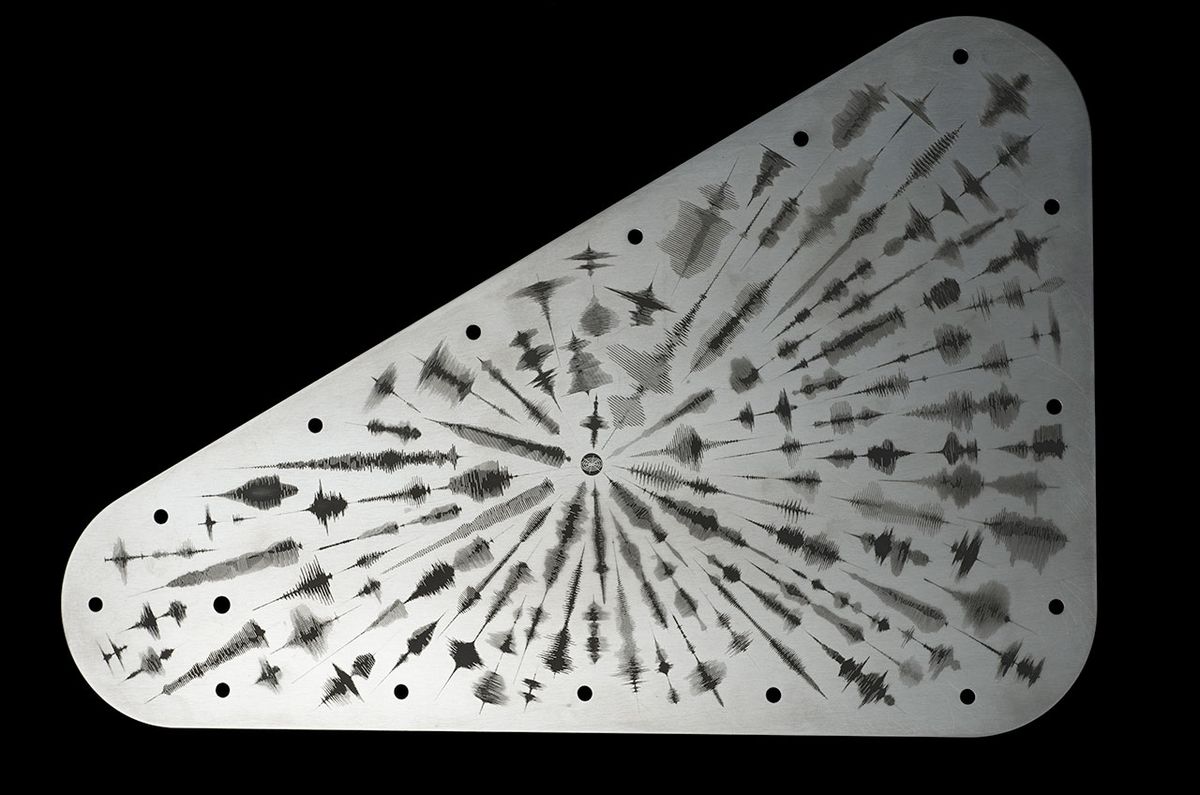Odie’s Lunar Mission Comes to an End
Intuitive Machines’ Odysseus spacecraft, affectionately known as Odie, successfully completed the first private moon-landing mission on Feb. 22. This marked a significant milestone in space exploration, as Odie became the first commercial vehicle to achieve a flawless landing on the moon.
A Brief Mission Overview
The solar-powered Odie operated on the lunar surface for a total of seven Earth days. Unfortunately, once the sun set at its landing site, the spacecraft ceased all communications, as anticipated. There was a glimmer of hope that Odie would awaken once sunlight reached its solar arrays again, following the example of Japan’s SLIM moon lander which resumed activity last month.
Despite efforts to reestablish contact, it was confirmed over the weekend that Odie would not be reawakening. Intuitive Machines revealed that the spacecraft would remain inactive indefinitely, solidifying its legacy as the pioneering commercial lunar lander.
Technical Challenges and Achievements
One of the initial projections made by Intuitive Machines suggested that Odie’s electronics might not survive the extreme cold during the lunar night, given the moon’s unique day-night cycle. This forecast proved to be accurate, as Odie ultimately succumbed to the harsh lunar conditions.
Odysseus embarked on its mission on Feb. 15, carried by a SpaceX Falcon 9 rocket. The spacecraft transported a total of 12 payloads, including six NASA experiments facilitated through a $118 million contract under the Commercial Lunar Payload Services program. Additionally, six private payloads from various clients were also onboard the mission.
Despite encountering a slight deviation during its landing due to a technical issue with its laser rangefinders, Odie successfully touched down near Malapert A, a crater situated approximately 190 miles from the moon’s south pole. The landing, albeit turbulent, demonstrated the spacecraft’s resilience as it continued to transmit data from its active payloads.
Implications for the Future
NASA and Intuitive Machines regard Odie’s mission as a stepping stone for future private spacecraft landings on the moon. Intuitive Machines is set to embark on three more moon landings as part of its CLPS contract, with plans already underway for the next mission scheduled later this year.
Another player in the private lunar exploration sector, Astrobotic, faced setbacks with its first CLPS mission involving the Peregrine lander. However, the company is forging ahead with a new mission utilizing a larger lander named Griffin to deploy NASA’s VIPER rover near the lunar south pole. VIPER’s launch is slated for later this year aboard a SpaceX Falcon Heavy rocket.
Image/Photo credit: source url





